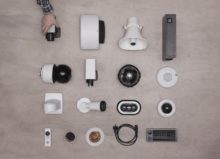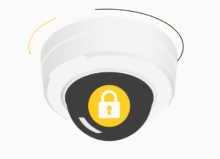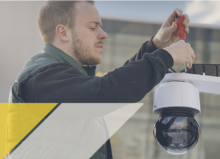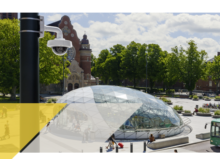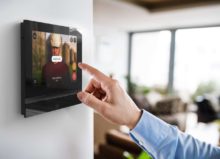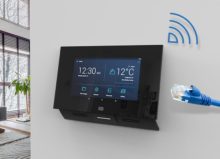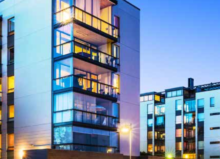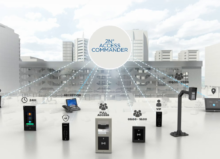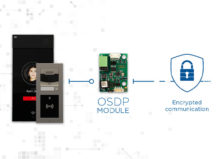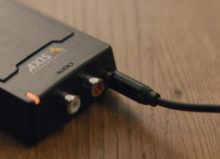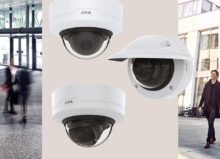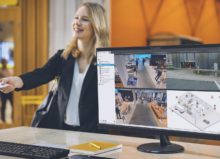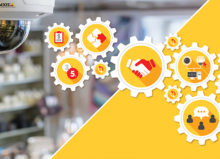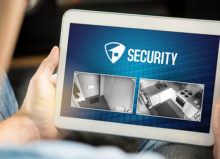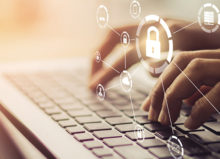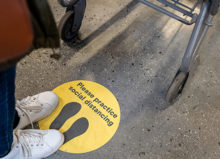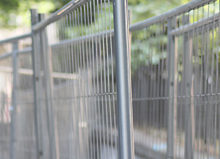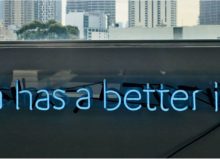How retailers can safeguard against loss in the retail environment and improve profitability
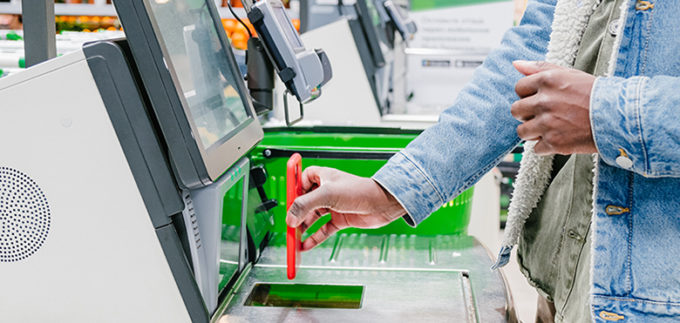
As brick and mortar stores continue to face challenges associated with declining footfall compounded by COVID restrictions, many are struggling to meet changing customer demands. Shoppers have come to expect faster and more efficient services which reflect the way they prefer to purchase goods. Implementing these services in-store often requires an investment, but you still need to secure and protect ever-shrinking margins. For those of you in the supermarket industry, these combined factors require cost-effective solutions that support adaptation to changing consumer demands while protecting people and profits.
Many of you are tackling these challenges by increasingly integrating technology solutions in-store. Whether it’s to reduce friction in the customer shopping experience, deter shoplifting, support reduced staffing or enhance security, technology is now firmly at the center of retail operations. Network surveillance solutions play a key role by not only providing visual information but also offering advanced capabilities such as edge analytics to inform store performance and improve security.
Transforming operations and the customer experience
Although shoppers are returning to stores, their expectations have shifted. Increased options for completing the customer journey, such as Click & Collect, contactless services, and self-checkouts, are now seen as the norm. Fortunately, automation has become more commonly used in-store. In fact, the installation of self-checkouts surged globally in 2020 due to social distancing regulations and concerns around safety.
Some stores have taken it one step further by removing checkouts altogether. Following in the footsteps of Amazon, shopping giant Aldi recently trialed a check-out free concept store in London. Discount chain Netto followed suit in Munich in a bid to reduce queue times, increase conversions and improve the in-store experience.
Smart video surveillance systems are integral to the success of these new operations. You can optimize aspects such as product placement and store layout using the information on how customers move around the store, how long they spend, and where they tend to dwell. Also, you can use cameras to manage stock levels on shelves and alert staff to replenish products that are running low. Similarly, spillages or damage to products can be detected and your staff dispatched to rectify any issues.
Integrating video with audio capabilities and analytics also contributes positively to the experience. For example, you can use cameras to detect if a shopper is spending a lot of time in an area and send an alert to the staff so they can provide assistance. Simultaneously, you can communicate a message that help is on the way to the waiting shopper.
Video can deliver a wealth of intelligence about your operations and customer service, promotional efforts, and merchandising success, especially when combined with retail analytics, point-of-sale (POS) transaction data, and the right software. This information, sometimes called ‘intelligent video,’ enables you to improve the customer experience, boost efficiency, and increase retail profitability – streamlining business operations across the board.
Controlling retail crime with help of video analytics
In addition to supporting store management and optimization, video surveillance continues to be a cornerstone of retail security and loss prevention programs. As these solutions tie video to each POS transaction, you can visually investigate unusual voids, refunds, or exchanges to reduce ‘shrinkage’. Product returns are also captured on video, enabling you to tackle the growing issue of return fraud, which costs US retailers an estimated $18,4 billion each year.
There are a number of instances you can use integrated solutions to detect and deter suspicious activity in high-risk areas, such as the checkouts and exits:
- Non-scans at self-checkouts – video analytics can detect a non-scanned product and audio is triggered to play a voice message informing the customer.
- Cart pushout – if a customer tries to leave the store with a full trolley without paying, video analytics and audio alerts can be used to direct them back to the till.
- A transaction occurring without a customer present – if a cash register drawer opens, is there someone on the other end of that cash register or is an employee helping themselves? By adding a sensor to the cash register that can tell when the register drawer is open, the sensor can communicate with a camera to verify that a customer is present. If the register drawer opens and the camera determines there is no customer, an alert can be sent to management.
- Buy online, pick up in-store (BOPIS) – new ‘last leg’ delivery models also benefit from network camera integration. Alerts are sent to the on-site team when a camera detects when cars or people arrive in the pick-up area. Staff will then deliver goods to customers with evidence of the transaction.
- Controlled deliveries – shrinkage can also take place away from the shop floor; the delivery area is a high-risk area. Authorized deliveries can be verified via intercom, QR codes, or license plate identification. Access can be controlled remotely and cameras can be used to visually confirm that the right number of ordered goods are loaded and unloaded.
- Customer and staff audio communication – speakers can be integrated with cameras and video analytics, simplifying automated safety (or marketing) communication and staff alerts. Pre-recorded or live messages can be played if unwanted behavior is detected.
Enhancing operations with a multipurpose solution
Integrated network solutions (including cameras, audio, access control, VMS, and analytics) support your business operations by identifying certain events and triggering alerts that can be acted upon automatically or manually as needed. This can include managing store occupancy, queue lengths, or identifying suspicious behavior for further investigation. All of these functions ultimately assist you in increasing profitability by improving the customer experience and enhancing loss prevention. With time, even more, use cases will arise, so it’s important for you to have an open platform that enables further partner solution integration. In this way, your stores will remain agile and able to respond to changes to customer demands while maximizing profits – now and in the future.
Source: Axis Communications


